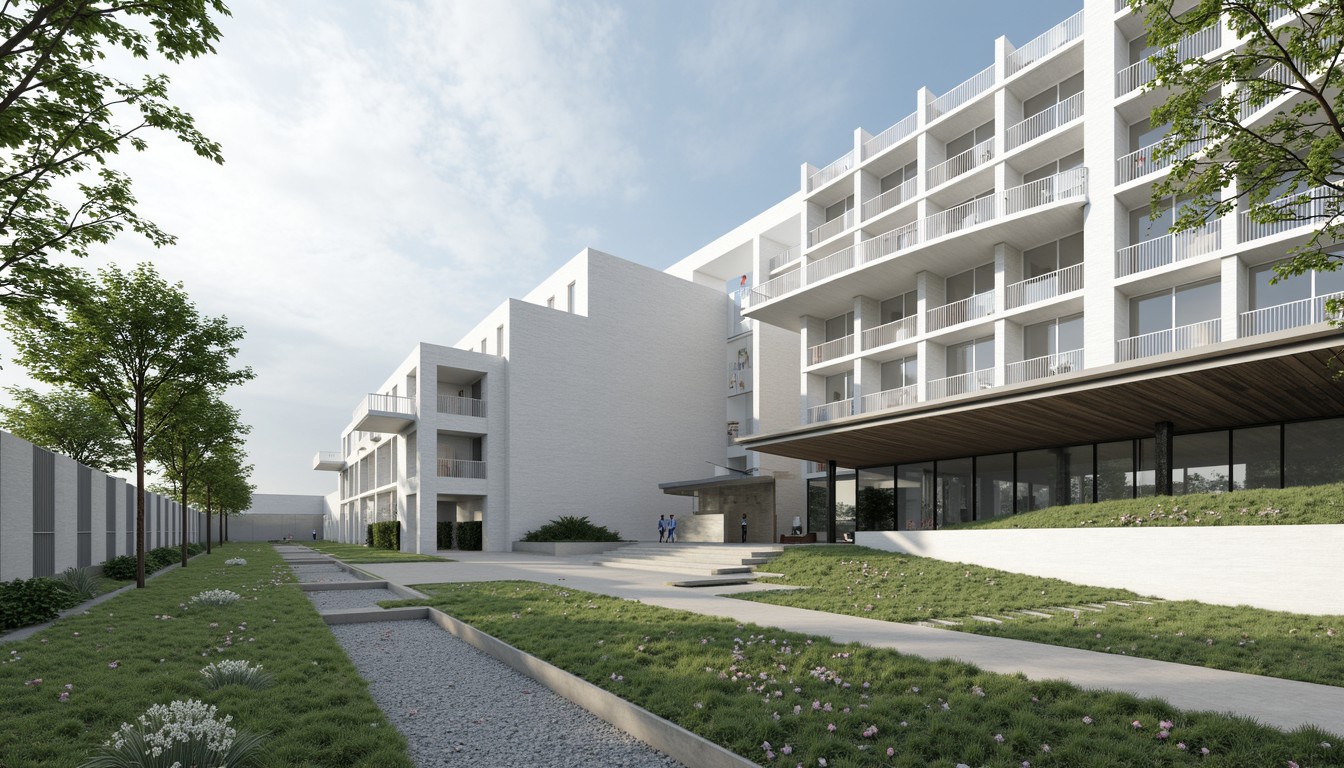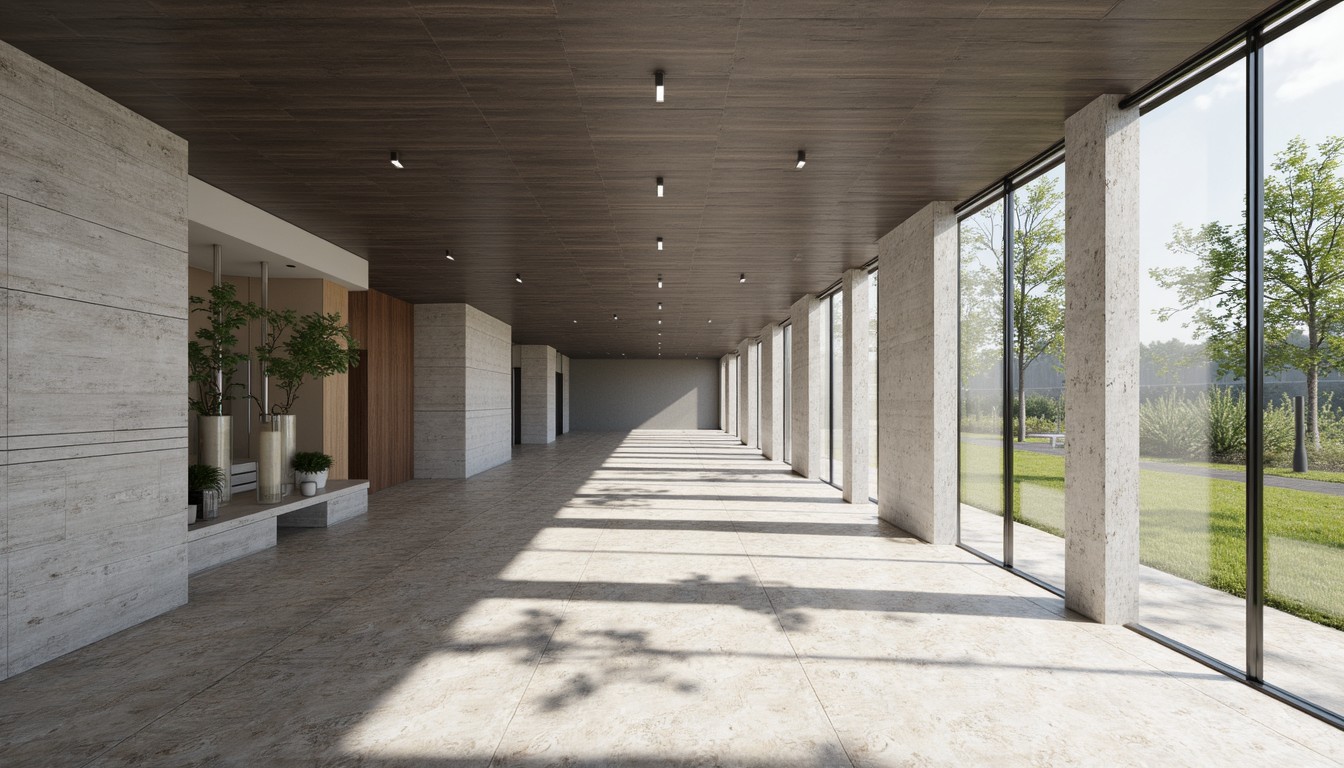Digital Transformation: Reshaping the Future of Architecture
The architecture industry is undergoing a dramatic shift, fueled by the rapid advancements in digital technologies. This digital transformation is not merely about adopting new software; it's a fundamental change in how architects design, collaborate, and deliver projects. From Building Information Modeling (BIM) to virtual reality (VR) and artificial intelligence (AI), digital tools are revolutionizing the way we envision and create the built environment. This article explores the key aspects of this transformation and its impact on the future of architecture.
The Rise of Building Information Modeling (BIM)

BIM is arguably the cornerstone of digital transformation in architecture. It's a process involving the creation and management of digital representations of physical and functional characteristics of places. Unlike traditional 2D drawings, BIM creates a 3D model containing comprehensive data about every aspect of a building, from structural elements to MEP systems and material specifications. This data-rich model allows for better collaboration, improved coordination between disciplines, and reduced errors and rework during construction. Architects can use BIM software like Revit, ArchiCAD, and Vectorworks to simulate building performance, analyze energy efficiency, and even predict potential construction issues before they arise.
Real-World Applications of BIM:
- Clash Detection: BIM allows architects and engineers to identify and resolve clashes between different building systems (e.g., HVAC ducts intersecting with structural beams) early in the design process, saving time and money.
- 4D BIM (Construction Scheduling): Integrating construction schedules into the BIM model allows for better project planning and visualization of the construction process.
- 5D BIM (Cost Estimation): Linking BIM data with cost information enables accurate cost estimations and better budget control.
Virtual Reality (VR) and Augmented Reality (AR) in Architectural Visualization
VR and AR technologies are transforming architectural visualization, offering immersive experiences for clients and stakeholders. VR allows architects to create realistic virtual walkthroughs of their designs, allowing clients to experience the space before it's even built. This immersive approach improves communication, facilitates better design decisions, and increases client satisfaction. AR, on the other hand, overlays digital information onto the real world, enabling architects to visualize designs on existing sites or to interact with models in a more tangible way.
The Impact of VR/AR:
- Enhanced Client Engagement: VR and AR provide compelling and engaging ways to present designs to clients, leading to better understanding and quicker approvals.
- Improved Design Collaboration: VR allows architects and clients to collaborate remotely and experience the design together, regardless of geographical location.
- Early Problem Detection: Immersive visualizations can reveal design flaws or usability issues that might be missed in traditional 2D drawings.
The Role of Artificial Intelligence (AI) in Architecture

AI is rapidly emerging as a powerful tool in architecture, automating tasks, optimizing designs, and enhancing creativity. AI-powered tools can analyze large datasets of building information to identify design patterns, predict building performance, and even generate design options based on specified parameters. This can significantly speed up the design process and free up architects to focus on more creative and strategic aspects of their work. AI can also assist in tasks such as generating realistic renderings, optimizing energy efficiency, and managing project schedules.
AI Applications in Architectural Design:
- Generative Design: AI algorithms can generate multiple design options based on specified constraints and objectives, allowing architects to explore a wider range of possibilities.
- Predictive Modeling: AI can analyze historical data to predict building performance and optimize designs for energy efficiency and sustainability.
- Automated Drafting and Documentation: AI can automate repetitive tasks such as drafting and documentation, freeing up architects to focus on more complex design challenges.
Data Management and Collaboration in the Digital Age
The digital transformation in architecture necessitates robust data management strategies and seamless collaboration platforms. Cloud-based solutions are becoming increasingly important for storing, sharing, and accessing design data from anywhere. Collaboration tools such as project management software and communication platforms enable architects to work effectively with clients, contractors, and other stakeholders, regardless of their location. Effective data management is crucial for maintaining data integrity, ensuring version control, and facilitating efficient project workflows.
ArchNav: Leading the Digital Transformation

ArchNav is at the forefront of this digital transformation, providing cutting-edge architectural visualization services that leverage the latest technologies. We utilize BIM, VR, and other digital tools to create high-quality, immersive visualizations that enhance communication, improve design decisions, and accelerate the design and construction process. Our team of experienced professionals is committed to delivering exceptional results and helping our clients achieve their architectural vision. We understand the challenges of navigating the digital landscape and are dedicated to providing innovative solutions that meet the unique needs of each project.
Conclusion
The digital transformation in architecture is reshaping the industry, offering unprecedented opportunities for innovation, efficiency, and collaboration. By embracing these new technologies, architects can create better buildings, improve communication with clients, and ultimately deliver more successful projects. ArchNav is committed to leading this transformation, providing our clients with the highest quality architectural visualization services powered by the latest digital tools. Contact us today to learn how we can help you achieve your architectural vision.
